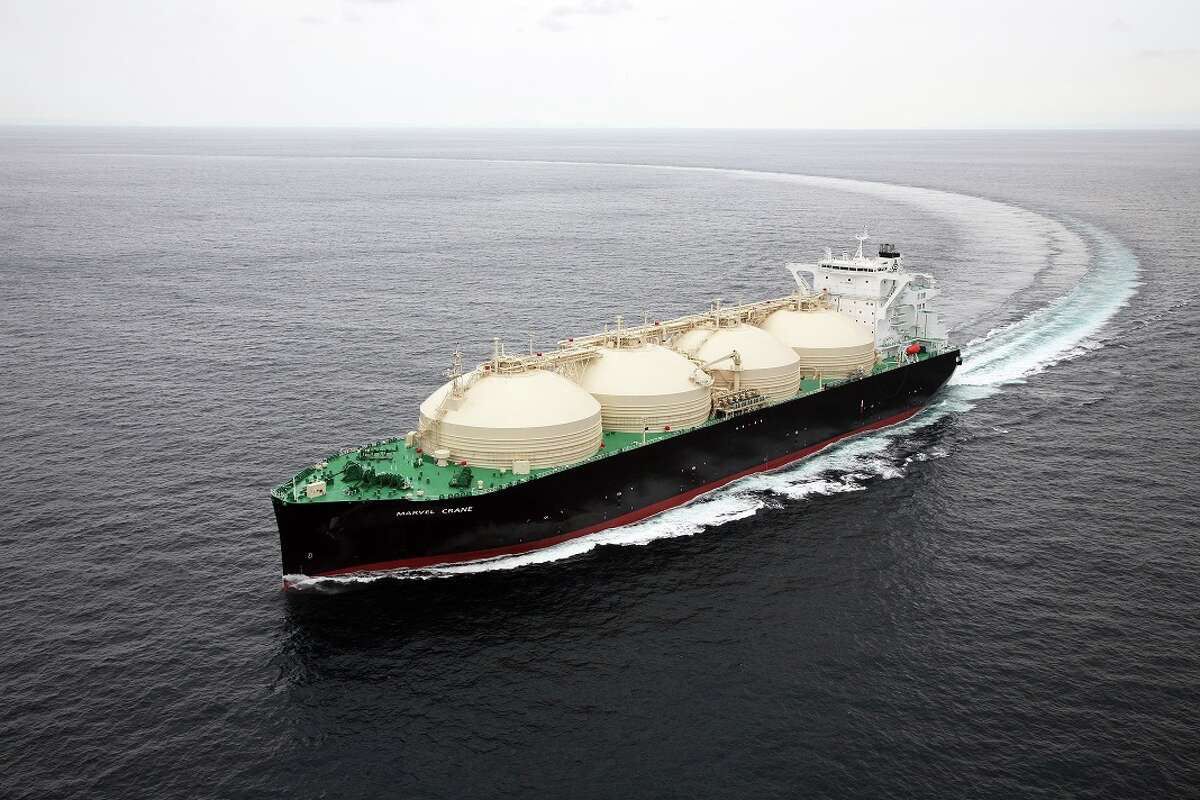The resurgence of potential strikes at major Australian LNG plants has ignited apprehensions regarding global gas supplies, thrusting gas-related risks back into the spotlight. The threat of strikes in Australia’s significant gas-producing regions raises the specter of disrupting the delicate equilibrium of global supply, potentially leading to escalated consumer bills.
Although demand for gas in the northern hemisphere remains subdued, the looming possibility of prolonged plant closures has already propelled wholesale gas prices to new heights. This development compounds the challenges faced by energy systems during this summer’s extreme weather events and setbacks experienced by other major gas producers.
These potential strikes underscore the fragility of global gas supply chains, more than a year after Russia’s conflict in Ukraine upended the market’s status quo. Europe, particularly affected by Russia’s pipeline flow restrictions, remains vulnerable. Energy company executives have recently cautioned that an unexpectedly cold winter or unforeseen outages could plunge the region into shortages.
Asia, with its direct dependence on Australian gas flows, faces significant exposure, potentially triggering a bidding war with Europe that could drive consumer bills higher in both regions.
The repercussions could be substantial, given that Japan, Thailand, Taiwan, China, and Singapore have all heavily relied on these facilities for their gas supplies this year. Their usual gas sources might be forced to turn to spot markets, as the availability of LNG remains constrained.
Gas supplies in other regions are also under pressure. Russian LNG exports have been curtailed due to maintenance, Trinidad & Tobago and Egypt have their plants offline temporarily, and Nigeria’s supply is hindered by feed gas and security issues.


